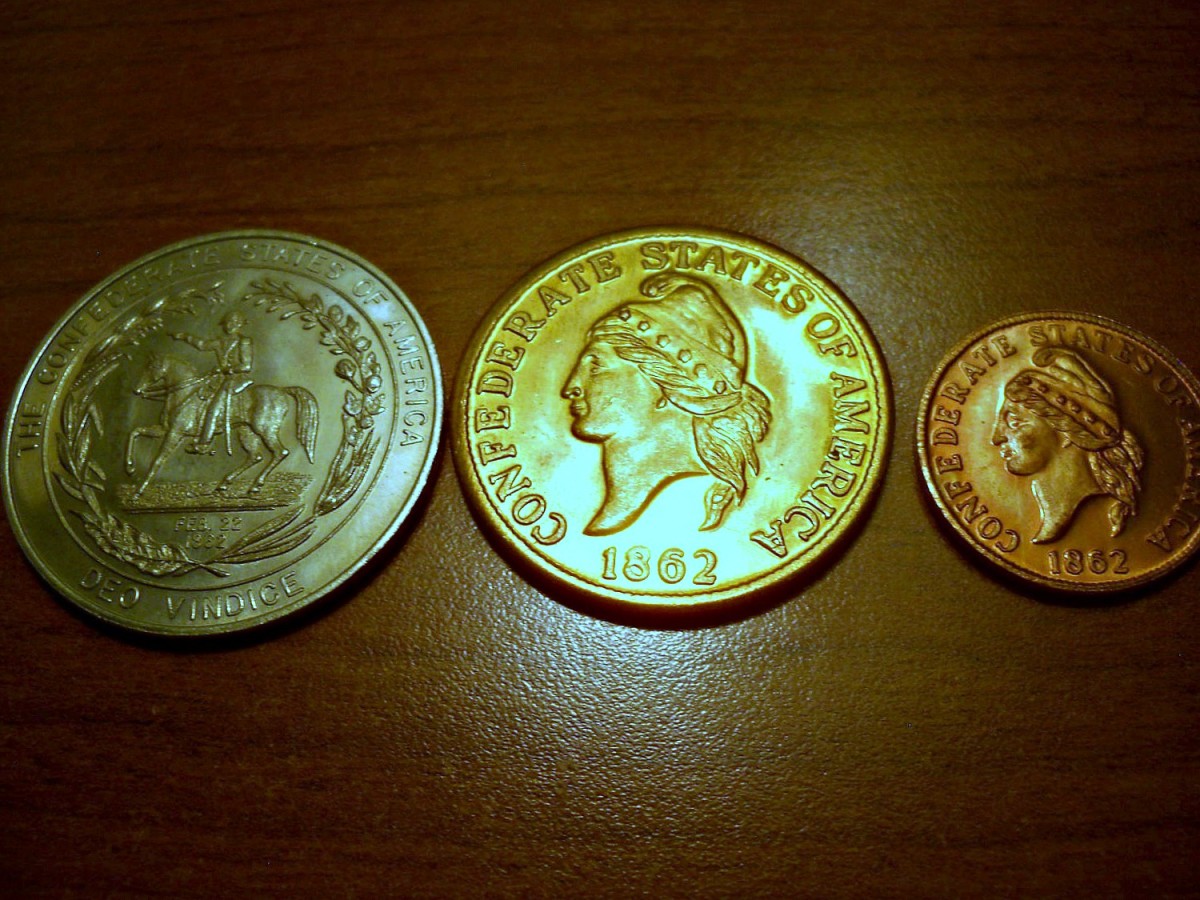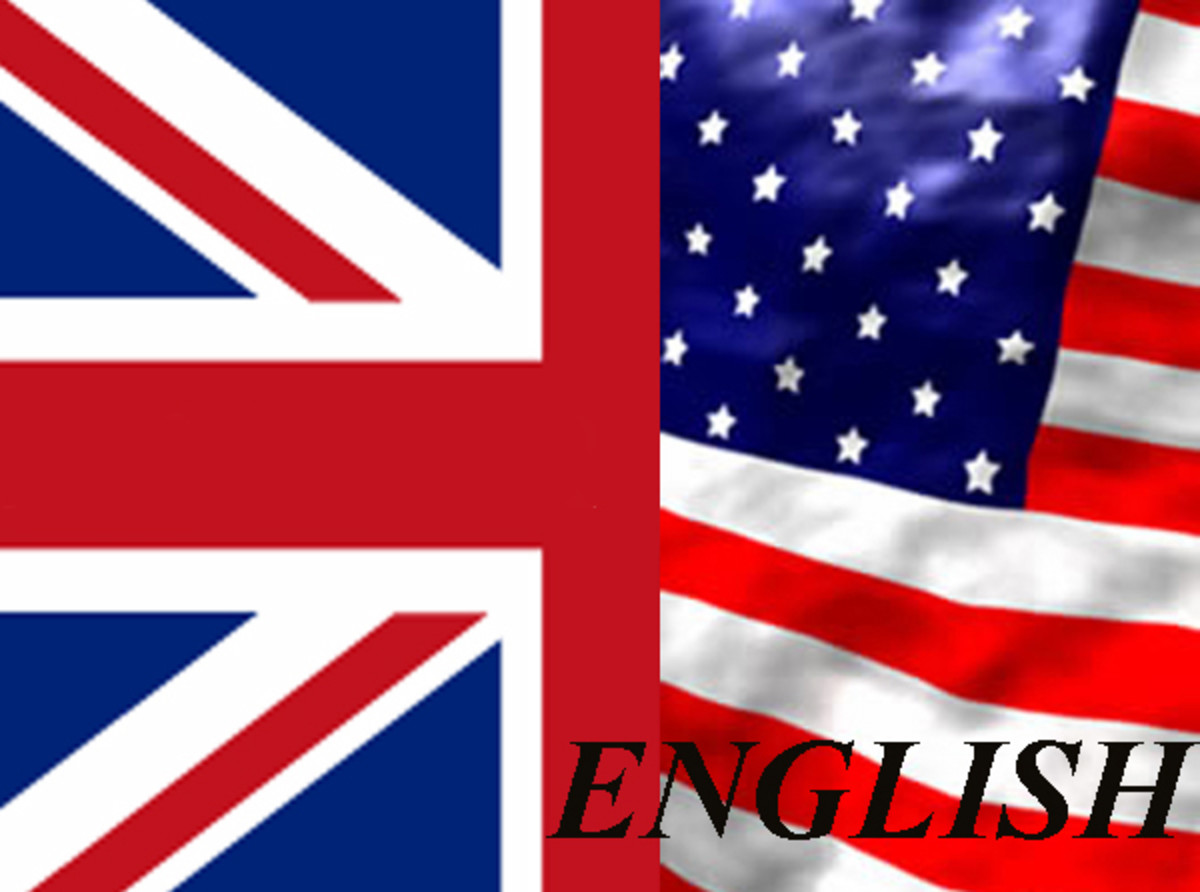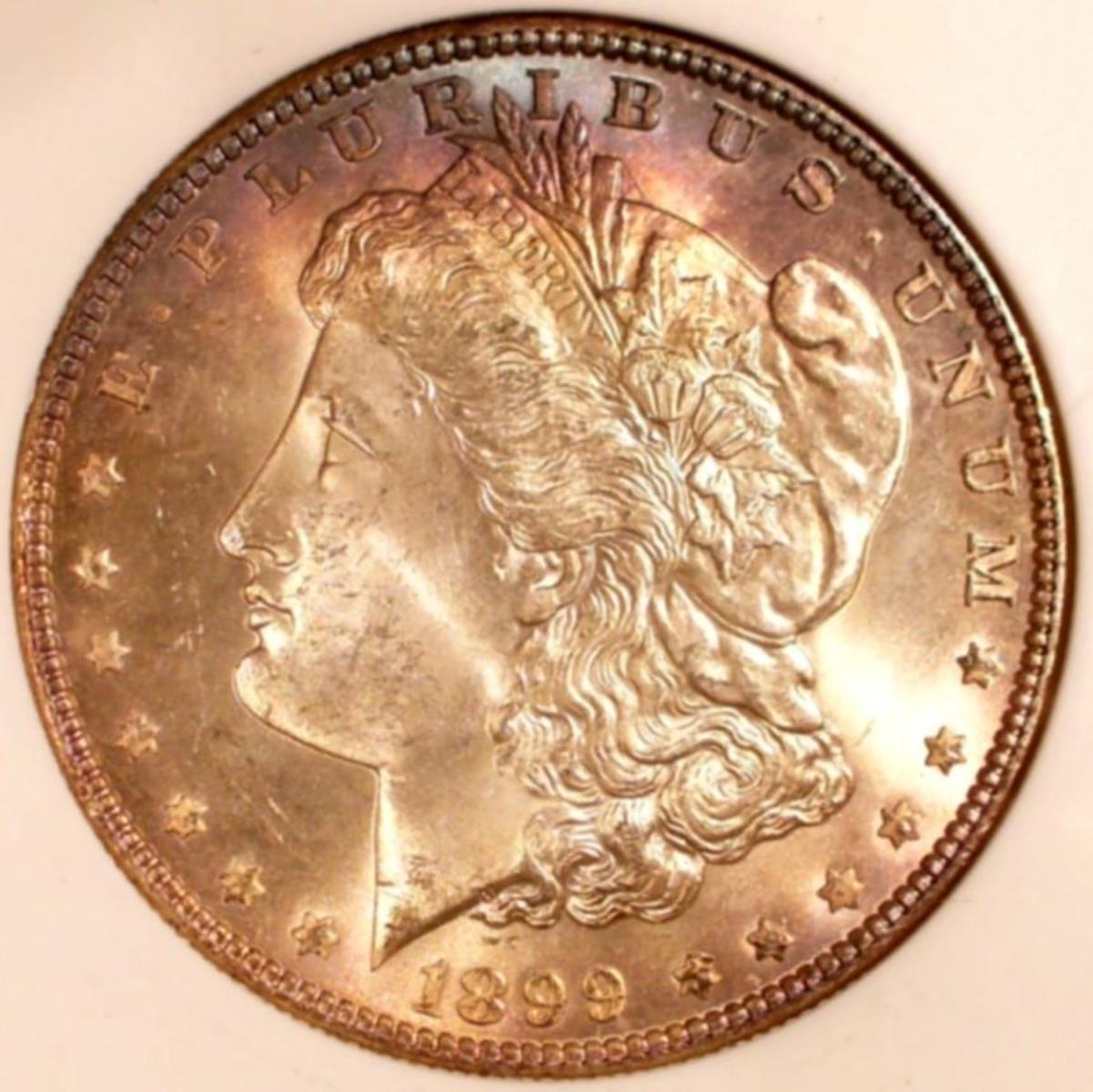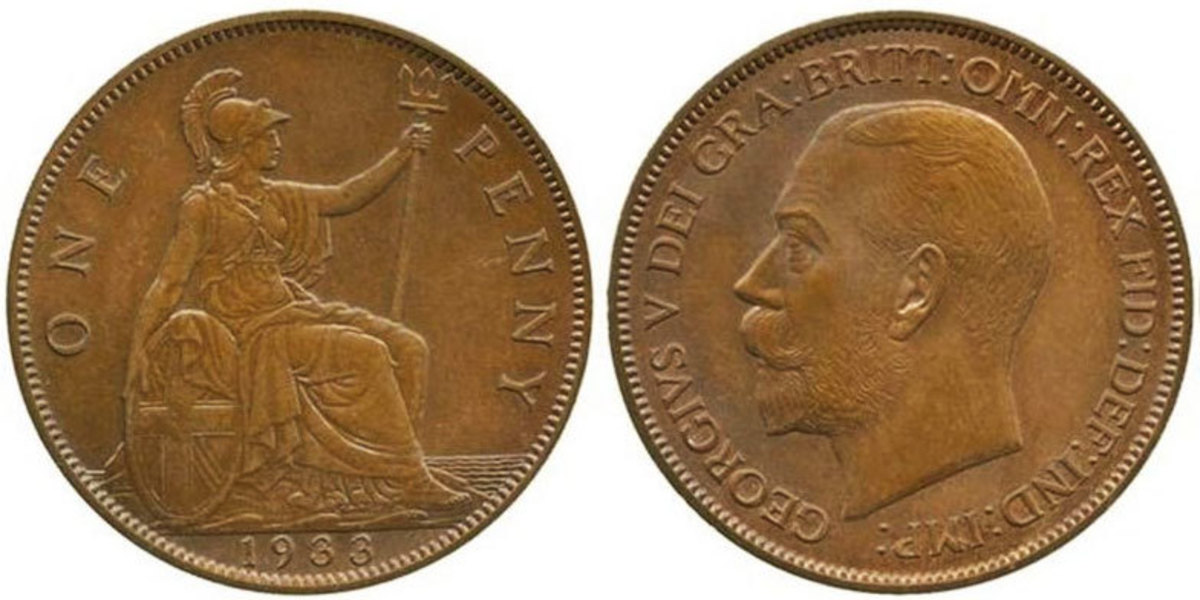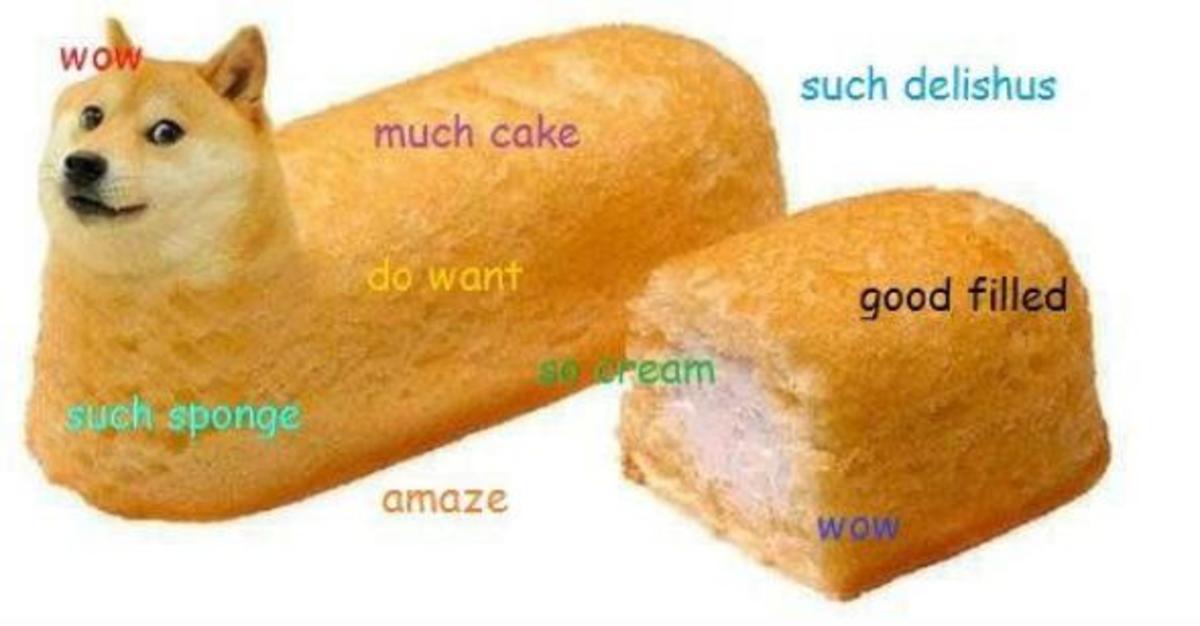OLD ENGLISH COINAGE
Understanding The Coins
People reading older English literature will come across mention of unfamiliar coins like the farthing or the groat. This article is to help you understand what the coins were worth.
Throughout much of history there has been a shortage of coinage. The old Roman Emperors produced coins, but there never were enough coins produced for the needs of trade. The development of the Rome economy and of the Roman Empire was perpetually inhibited by a shortage of coin. Traders were forced to barter much more than they wished to do. Roman soldiers were frequently paid in salt, from which the word "salary" derives. For someone to be "worth his salt" meant he was worth his pay.
Coins were originally made of gold or silver - the precious metals. Over time currencies were debased by criminals who shaved or trimmed or clipped coins and melted down the gold or silver trimmings for sale as gold or silver. Over time, governments learned how to adulterate coinage by introducing base metals into the coins as they were cast. This was hugely profitable for the King’s mint, but of course was unpopular with the people who found the value of the coins they held was effectively devalued even if they were not actually debased. It caused inflation. Some Kings tried to rescue their finances by further debasement of the coinage. Each debasement gave a short term improvement to the King’s personal finances but ruined his currency and hence the economy of his country.
The old English coinage was based on the "shilling" named after the German "schilling" and the penny. There were twelve pennies to the shilling.
The smallest coin in common usage was the "groat", worth one eighth of a penny. A "farthing" was worth two groats, or one quarter of a penny.
"You owe me three farthings" said the bells of Saint Clements (Oranges and Lemons nursery rhyme)
A "halfpenny" was half a penny. A halfpenny did not buy much in the early part of the twentieth century. A "ha’porth" was a halfpenny worth, so not very much in quantity. A small child being silly (or "daft") might be described as "a daft ha’porth".
The penny was quite a large coin. The early bicycles had a large front wheel and a small back wheel, and were often called "penny farthings".
"Half a pound of tu’penny rice
Half a pound of Treacle
That’s the way the money goes
Pop goes the Weasel."
Rice was two pence or "tuppence" a pound. The weasel was a tailoring tool. a flat iron..
There was no two penny coin, but "tuppence" was the abbreviation for two pence or two pennies.
The three penny coin. "thruppence" or "thrupenny bit" was an amazing coin because it had flat edges. It could stand on its flat edge.
The next coin was a sixpence or "tanner".
Twelve pence made up a shilling. The shilling was also called a "bob".
The next coin was the two shilling piece, or "florin".
The next coin was two shillings and sixpence, or two and a half shillings. This was the "half crown" or sometimes called "two bits" or a "dollar".
Two half crowns made a "crown".
Two crowns made ten shillings. There never was a ten shilling coin, but there was a ten shilling banknote.
The "mark" was not a coin, but a unit of account. At various times it was worth 100 pennies ( 8 shillings and four pence – 8/4d, or 160 pennies (13 shillings and eight pence – two thirds of a pound sterling).
The next coin was the pound sterling coin, called a "sovereign". This was worth twenty shillings. The "sterling" was to distinguish it from foreign "pounds".
The guinea was twentyone shillings.
Aldso By Charles James
- Female Poacher Saves King
One of Henry V!!!'s major activities was hunting. It got him into the fresh air, away from the crowds who followed the King almost everywhere, was always interesting, and allowed the King to exercise horsemanship. Many of the London Parks were...

